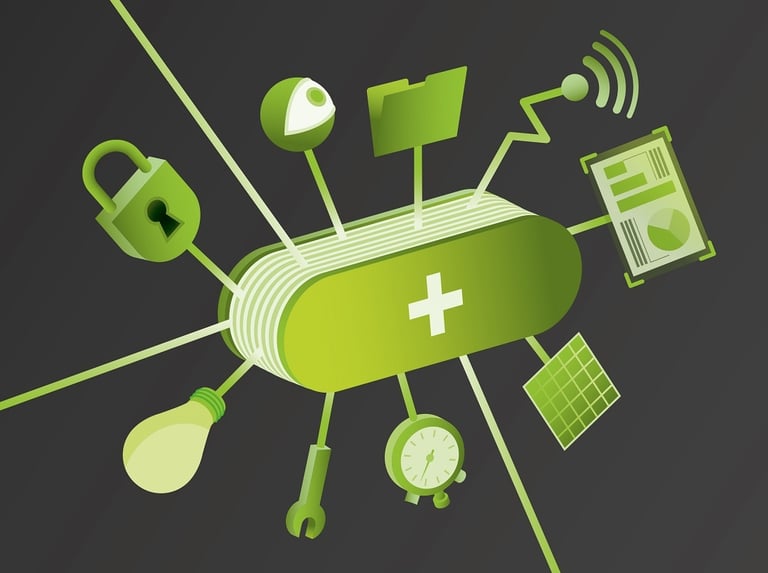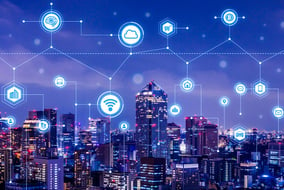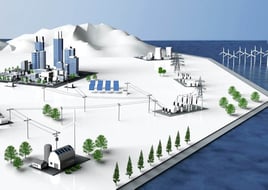 As the world moves towards a more sustainable and decentralized energy future, grid operators face increasing challenges in maintaining grid resilience, asset and energy management, grid balancing, safety, and security. What are these challenges and how can they be addressed?
As the world moves towards a more sustainable and decentralized energy future, grid operators face increasing challenges in maintaining grid resilience, asset and energy management, grid balancing, safety, and security. What are these challenges and how can they be addressed?
With the growth of renewable energy sources, distributed energy resources (DERs), and electric vehicles, grid operators must adapt to changing load patterns and ensure the stability and reliability of the grid. Let's take a look at the broad set of challenges faced by utilities as they pursue their mission of a safe, reliable, reliable and secure grid.
Keeping the lights on
With the increasingly dynamic and decentralized grid today, DSOs need to manage and control the distribution system in real-time, respond to changes in load and generation patterns, balance the supply and demand of electricity, and maintain grid stability in the face of unforeseen events like extreme weather conditions, equipment failures, or cyber-attacks.
Maintaining grid and asset health
When managing large, critical infrastructure such as the electic grid, asset managers face a massive challenge as they monitor the condition of assets, schedule maintenance, and prioritize repairs to ensure the reliability and safety of the grid. They must also balance the cost of maintenance and repairs as they seek to minimize downtime and maintain the grid's resilience.
Optimizing for the future
With the constant changes in consumer behavior, load profiles and technological advances, network planners must design and optimize the distribution system to accommodate new technologies and load patterns while maintaining the grid's stability and reliability. They must also consider the impact of new DERs on grid voltage and frequency and determine the optimal locations for energy storage systems to maintain grid stability.
Realtime visibility and control
In an increasingly decentralized grid, reliable solutions for grid monitoring and flexibility management are essential to ensure the stability and reliability of the grid. Grid operators should be able to monitor and control the grid and its assets to identify potential issues and take corrective action before grid stability and reliability are affected. Thus there are two key solution areas to consider:
- Grid monitoring: The Ideal grid monitoring solution provides real-time data on grid performance, voltage, and frequency, identify and locate faults, and provide alerts for potential grid disturbances. These solutions are scalable and adaptable to accommodate changes in the grid's size and complexity.
- Flexibility management : When it comes to Flexibility management, the ideal solutions should enable grid operators to balance the supply and demand of electricity, integrate renewable energy sources, and manage DERs. These solutions should use advanced algorithms and control strategies to optimize the distribution system's performance, maintain grid stability, and reduce energy costs. At the same time they should be flexible and adaptable to accommodate changes in the grid's size and complexity.
Thus whether its for network planning, daily grid operations or maintaining the long term health, reliability and safety of the grid and its assets, utilities face significant challenges in today's increasingly dynamic, decentralized and democratized utility networks. This means that reliable solutions for grid monitoring and flexibility management are essential to ensure the stability and reliability of the grid. With solutions like GridFlex Control, for example, heat pumps, night storage tanks, boilers or street lighting can be grouped in a supply area, regardless of where the individual devices are physically connected. This allows flexibility to be freely and dynamically organized, grouped or separated.
Getting real-time data on quality of supply, fault location and identification and asset health as well as advanced control mechanisms are vital to optimize the distribution system's performance. Learn how our solutions for grid monitoring and flexibility management can help you.






